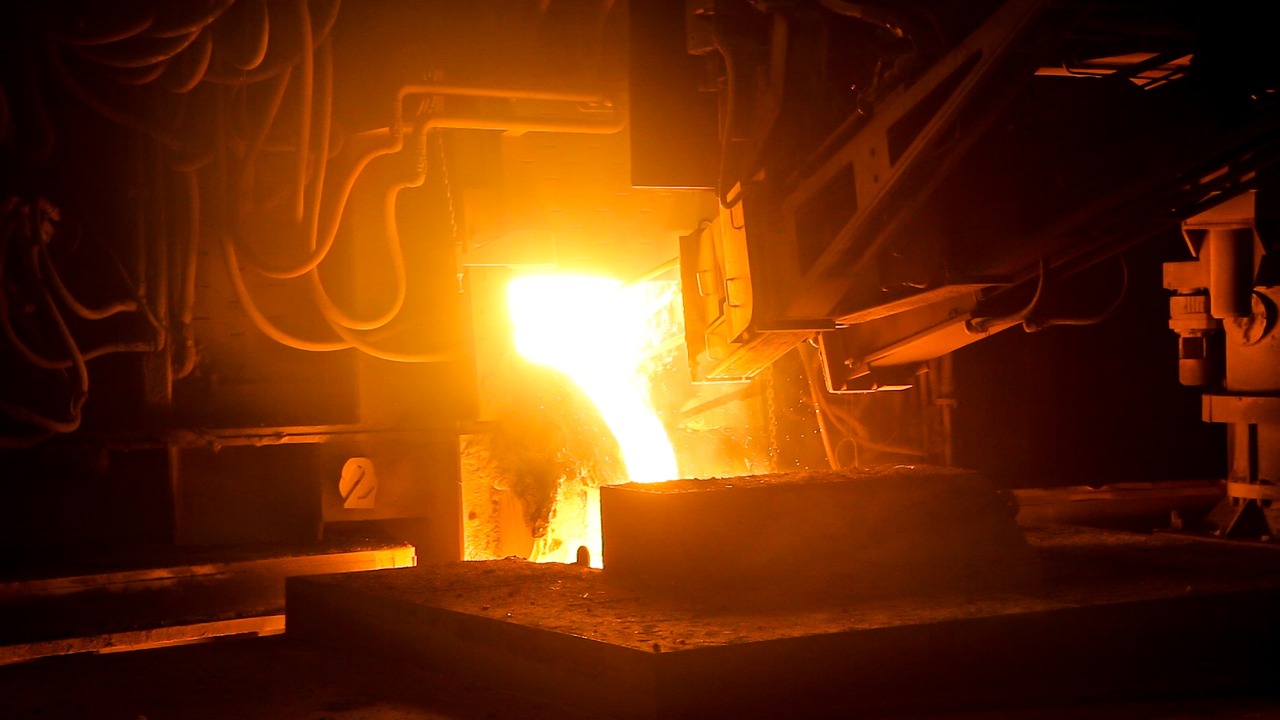Breakthrough in Solar Energy for Industrial Applications
A team at ETH Zurich in Switzerland has made a significant breakthrough in utilizing solar energy for industrial applications. Their research demonstrates a method for generating incredibly high temperatures—over 1832°F (1000°C)—using concentrated sunlight.
This approach opens the door to using solar energy for typically carbon-intensive industrial applications. The modern world relies heavily on materials like steel, glass, and cement, all of which require extremely high temperatures—over 1,800 degrees Fahrenheit—for their production.
Together with ceramics, these industries consume about a quarter of all human energy. Currently, this energy comes exclusively from fossil fuels, resulting in significant carbon emissions. In the pursuit of net-zero emissions, there is a critical need to transition to cleaner energy sources for these processes. Recently, Emiliano Casati, a lecturer in the Department of Mechanical and Process Engineering, and his team made a breakthrough by harnessing solar energy for this purpose.
Harnessing Concentrated Sunlight for Extreme Temperatures
The researchers developed a unique system that concentrates sunlight with the help of synthetic quartz. This innovative approach allows them to reach the extreme temperatures needed for these industrial tasks. The versatility of the system is another promising aspect, as the researchers believe it can be adapted to work with different fluids and gases.
Reducing Carbon Emissions with Solar-Powered Industry
This Swiss innovation represents a major leap towards a more sustainable future for industrial manufacturing. By harnessing the sun’s power instead of fossil fuels, these industries can significantly reduce their environmental impact. While the technology is still in its early stages, it holds immense potential for a cleaner and greener future.







